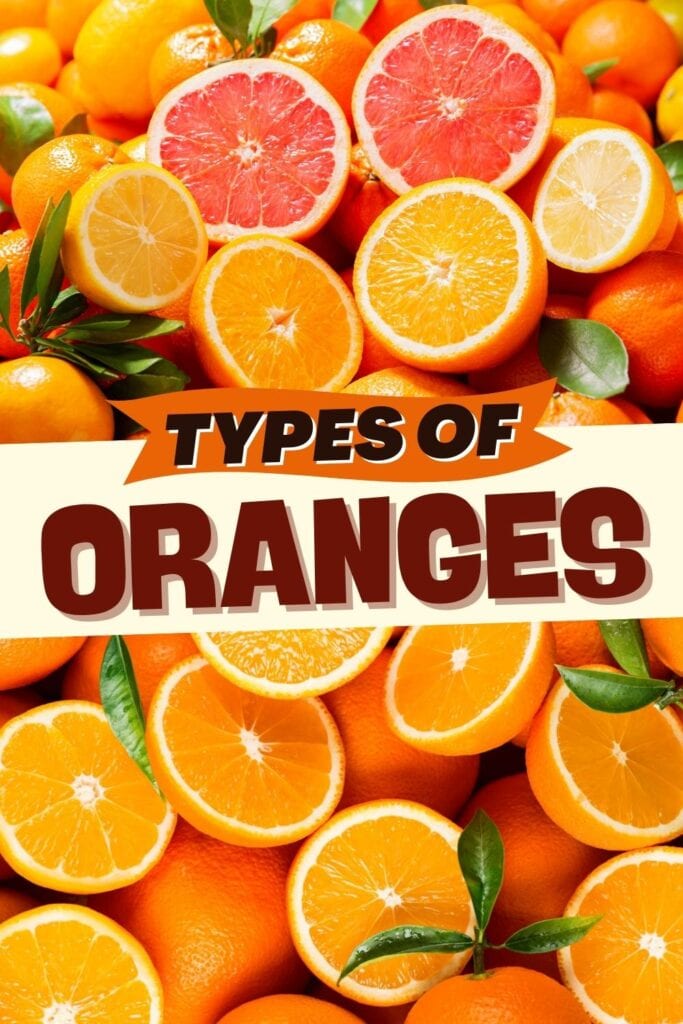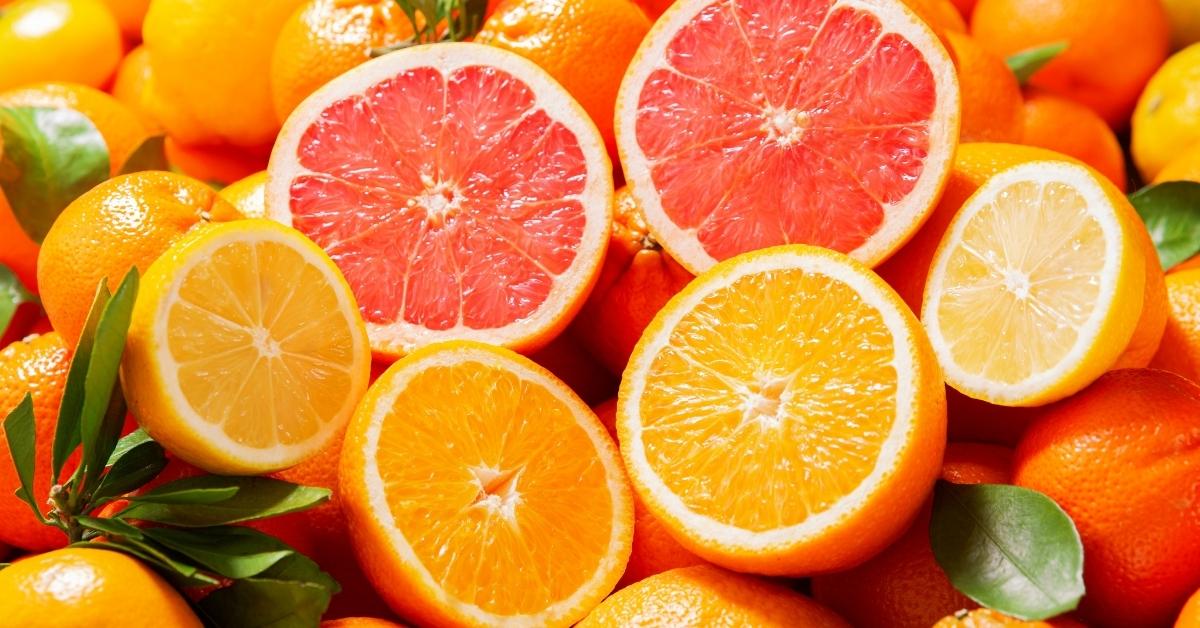Did you know there are lots of different types of oranges? Most people are familiar with navel, Valencia, Mandarin, and blood oranges.
But not everyone knows that tangerines, kishus, and tangelos are also types of oranges.
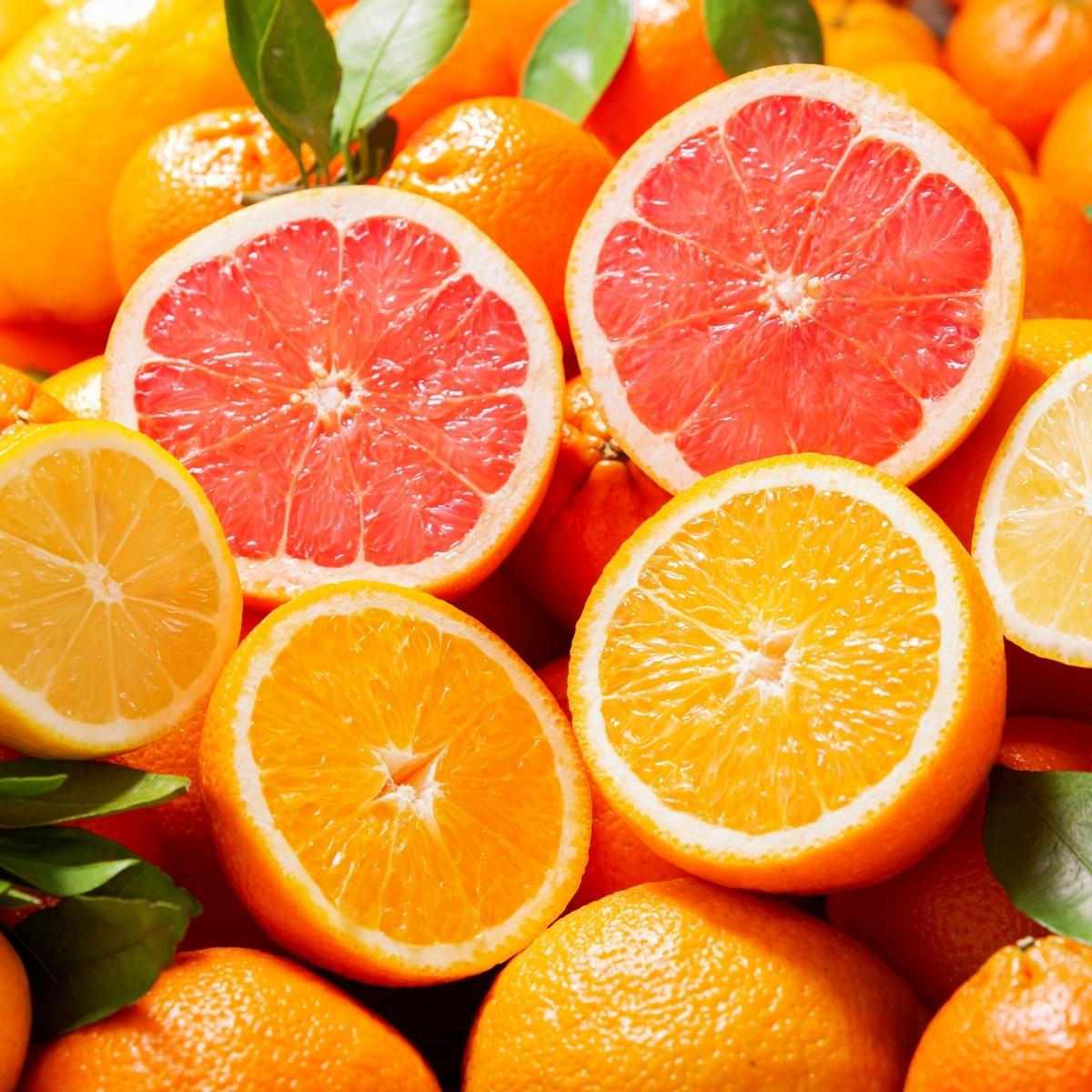
Everyone knows that oranges are a delicious and nutritious citrus fruit.
And those aren’t the only options out there!
Check out this blog post to learn more about the different types of oranges. You might find your new favorite!
Different Types of Oranges
People like to use the phrase ‘comparing apples to oranges’ to designate two things that aren’t alike.
Surprisingly, though, comparing oranges to oranges can be just as unique!
After all, each type of orange has its unique flavor and properties.
Trifoliate oranges, for example, aren’t even orange, they’re yellow! And bergamot oranges look like limes.
So, let’s check out 20 of the different types of oranges you can try.
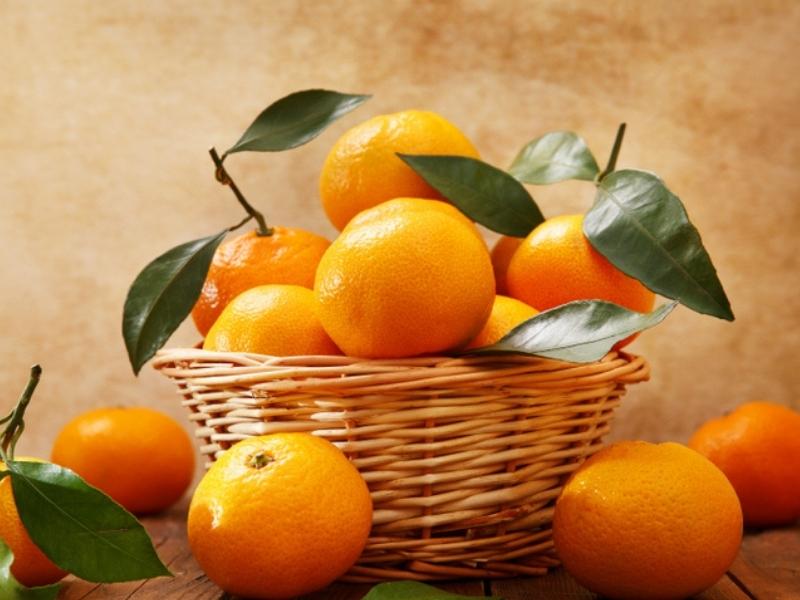
1. Mandarin
Although the smallest type of orange, Mandarins are also some of the most well-liked.
The reason for this is that they’re effortless to peel.
Parents often buy them for kids because they don’t need help enjoying them.
They can just dig their little fingers into the skin and peel it off without issue.
There are several types of Mandarin oranges. These include clementines and tangerines. (We’ll discuss both of these below.)
You can buy them fresh nearly year-round. They’re also a popular orange for canning in syrup.
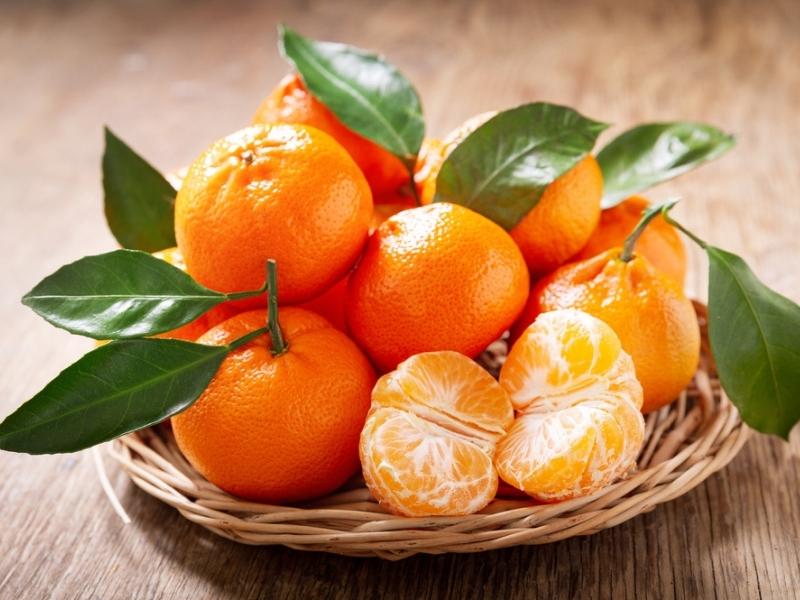
2. Tangerine
As I mentioned, tangerines are a type of Mandarin orange.
Strangely, though, many people don’t even realize they’re oranges. Instead, they think they’re a different fruit entirely.
Like most Mandarin oranges, tangerines are small, round, and easy to peel.
They also have a beguiling aroma that smells as good as the fruit tastes.
They’re an extremely sweet orange, making them hugely popular.
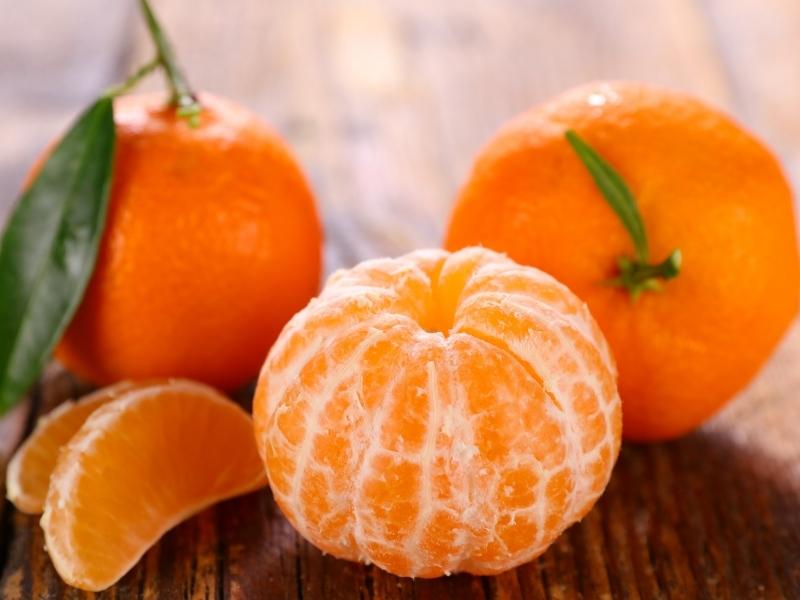
3. Clementine
The Cuties brand has made clementines one of the U.S.’s most popular oranges.
(Halos and Sweeties are two other popular clementine brands.)
They’re tiny, sweet, and easily peelable by hand.
These oranges are actually a hybrid fruit.
They’re the offspring of sweet oranges and Mandarins and have few to no seeds. (Another reason for their popularity.)
They have thin, smooth skin and a bright, refreshing taste.
They smell wonderful and are also quite lovely, a popular choice for edible decor.
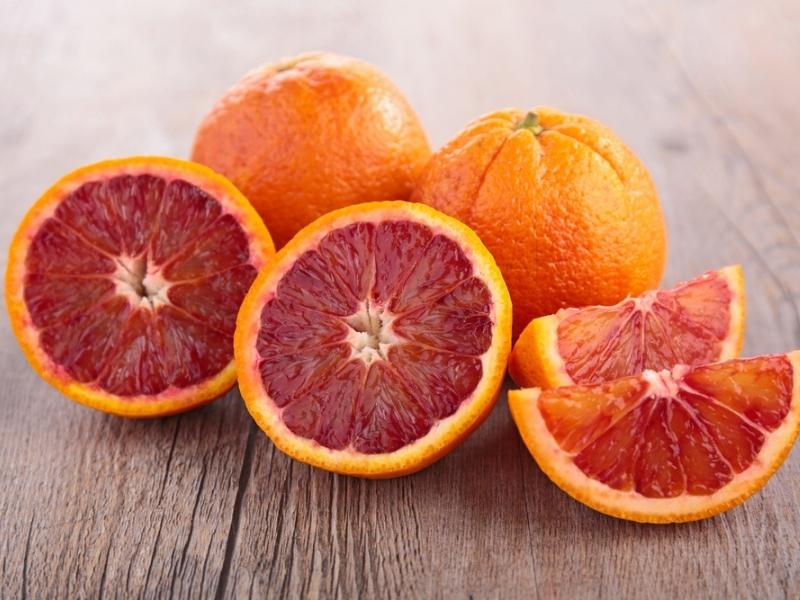
4. Blood Orange
The blood orange takes its name from its deep, bloody red color.
It’s the hybrid offspring of tangerines and pomelos and has thick, pitted orange skin.
The inner flesh of the orange is bright red, thanks to the presence of anthocyanin.
Blood oranges are exceptionally sweet and juicy.
You can eat them fresh, in marmalades and jams, or drink blood orange juice.
Unfortunately, they aren’t always easy to find in the U.S.
Your best bet is to look for them between November and March.
Even then, you may have to visit specialty produce stores to find them.
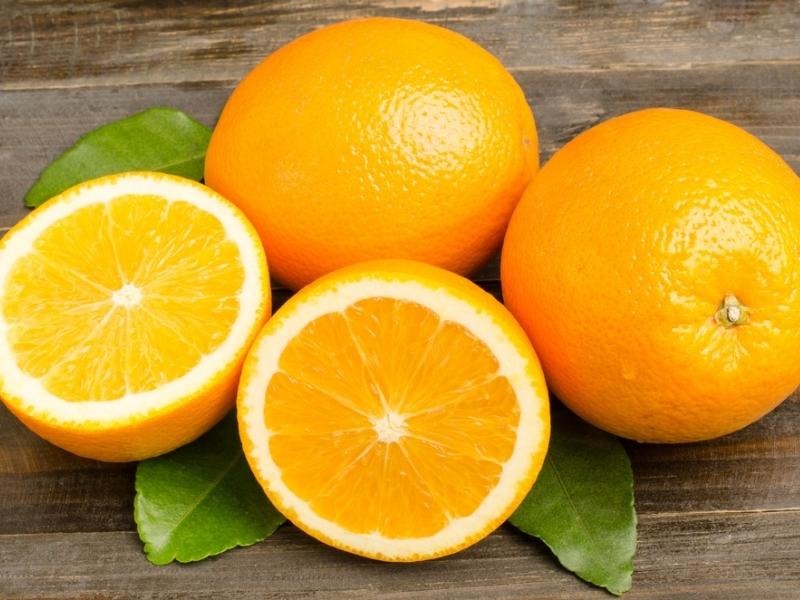
5. Navel Orange
Navel oranges are medium to large and have a tart and tangy flavor.
They have bright orange, slightly bumpy skin and are mostly round.
They take their name from the belly button-like place on their bottoms.
They taste wonderful eaten fresh or enjoyed as freshly squeezed juice.
They’re one of the best-selling oranges in the United States.
People also use them in cooking, especially in dessert items.
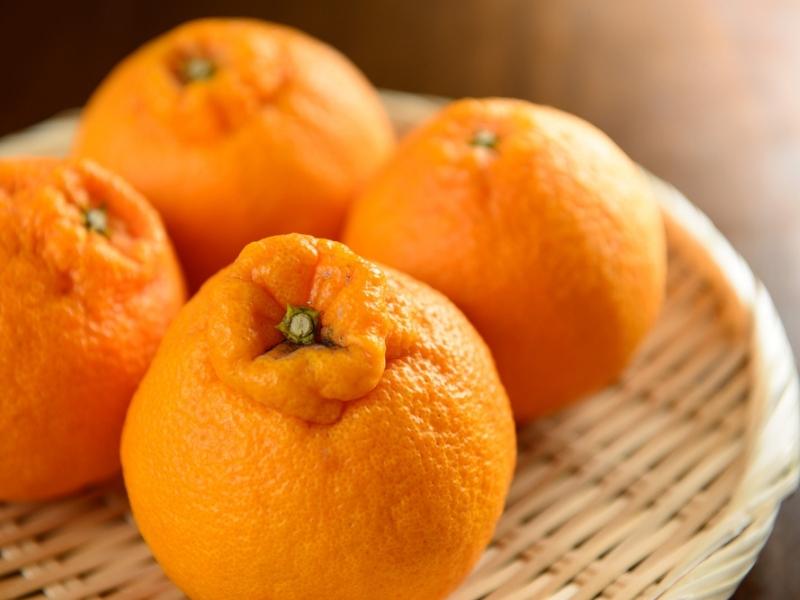
6. Sumo Citrus
Colloquially known as Sumo oranges, Sumo Citruses aren’t as well-known as other varieties on this list.
However, they’re quickly gaining popularity thanks to their super sweet citrus flavor.
They’re large and oddly shaped. They have a big, round body and a bump on top.
They likely get their large size from being a pomelo-navel orange hybrid. (Though they also have Mandarin oranges in their makeup.)
They’re easy to peel, seedless, and delicious.
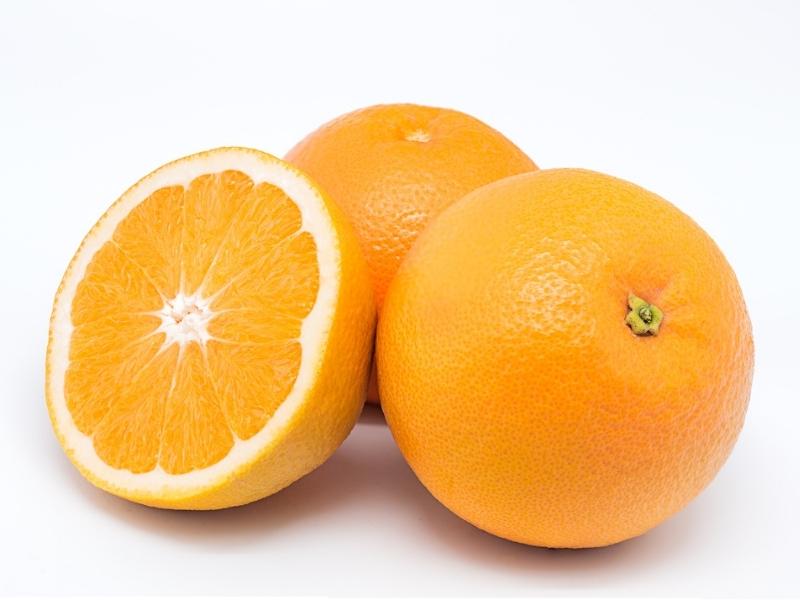
7. Valencia Orange
Originally from Spain, Valencia oranges are sweet and incredibly juicy.
They have seeds, which is a deterrent for some people, but their taste is bright and refreshing.
They’re typically about three inches around and bright orange.
You can enjoy them fresh, though they aren’t as easy to peel as other varieties.
Orange juice is where they really shine, though. Most orange juice manufacturers use Valencia oranges for the juice.
Each orange has plenty of it with an enticing, sweetly tart flavor.
They also taste great in cocktails.
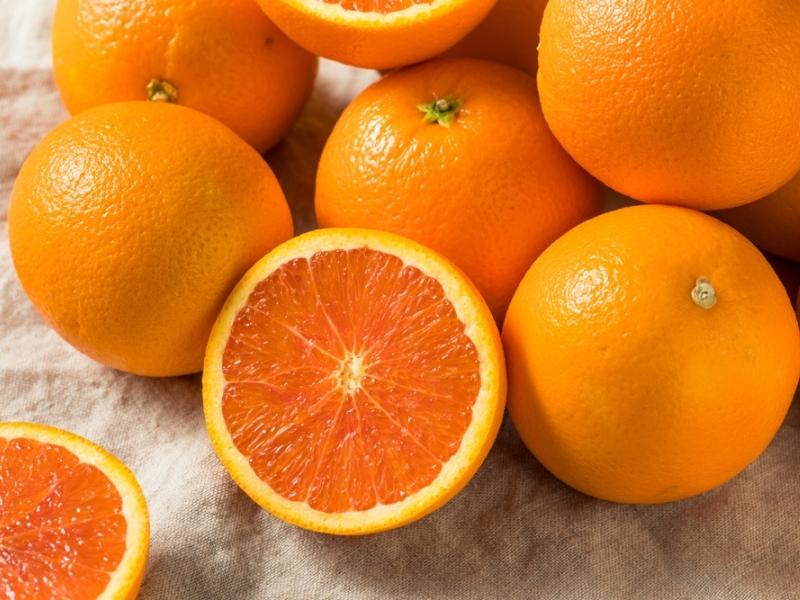
8. Cara Cara Oranges
Though these look like any other oranges from the outside, the inside is another story.
Cara Cara oranges are slightly pink on the inside. They almost remind you of grapefruit flesh.
They don’t have many seeds and are pretty juicy. However, they aren’t as sweet as some orange varieties.
Instead, they have a bright, biting flavor. (Again, similar to grapefruit.)
People often use them in fruit salads or to make marinades.
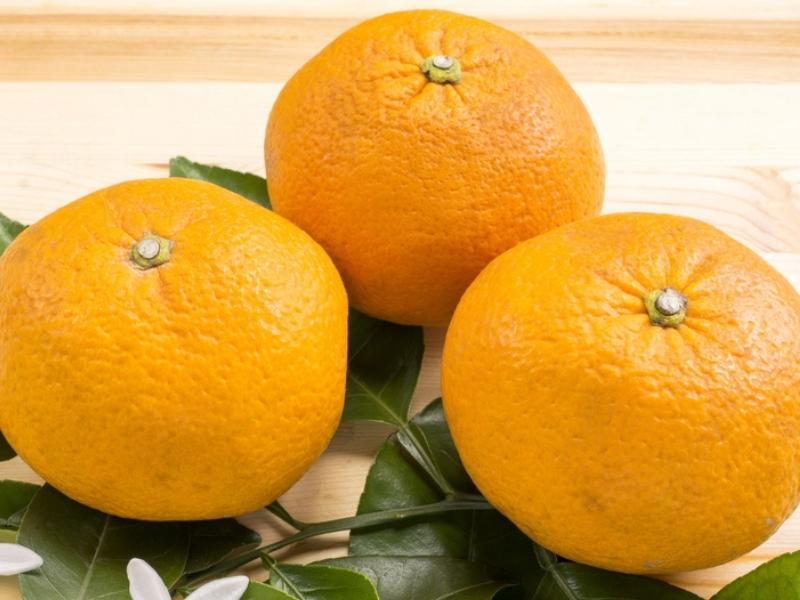
9. Seville Oranges
Also known as bitter oranges, Seville oranges aren’t a favorite for eating. Their ten to 11 segments are intensely sour.
The fruits themselves are small and yellowish-orange. The most common use for them is in making marmalade.
(Salad dressings and cocktails are also great places for Sevilles.)
You can most often find them in the winter months.
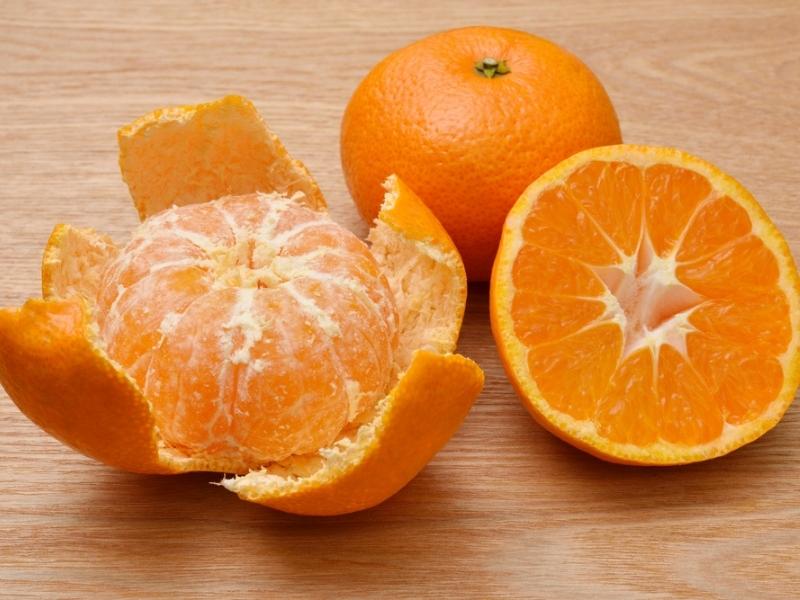
10. Satsumas
Satsumas are less well-known than clementines, but they, too, are a type of Mandarin orange.
Like all Mandarins, they’re small, soft, and easy to peel.
Their most significant distinction from clementines is their loose peel.
They have few (if any) seeds and a sweet, juicy flavor.
Most canned Mandarin oranges are satsumas. You can also eat them fresh if you can find them. November to January is the best time.
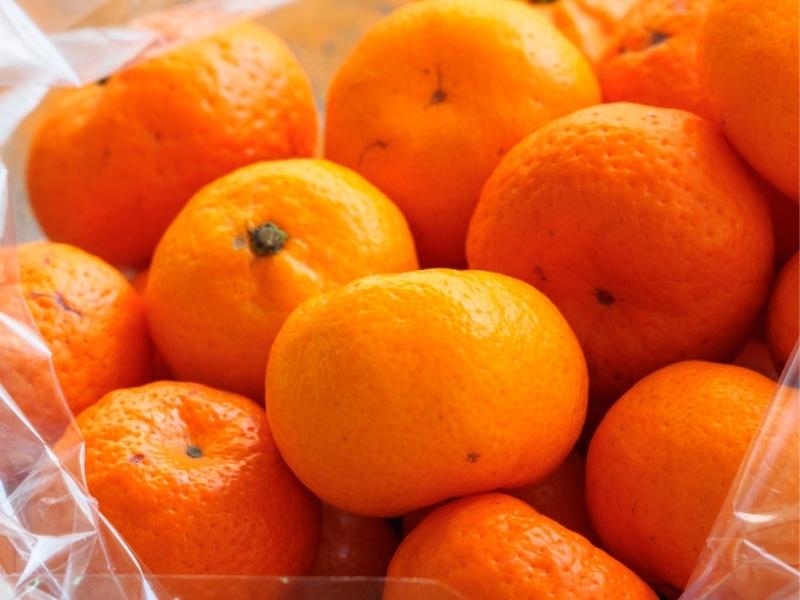
11. Kishus
We all know how small clementines are, right?
Well, get ready to be shocked because kishus are even smaller!
Despite their minuscule size, they’re hugely popular in areas where you can find them.
They have an outrageously sweet flavor; some say it’s almost like candy!
Although, unless you live in Florida or California, you’re probably out of luck.
They’re almost impossible to find anywhere else. And even in those states, they only grow for about 2 months.
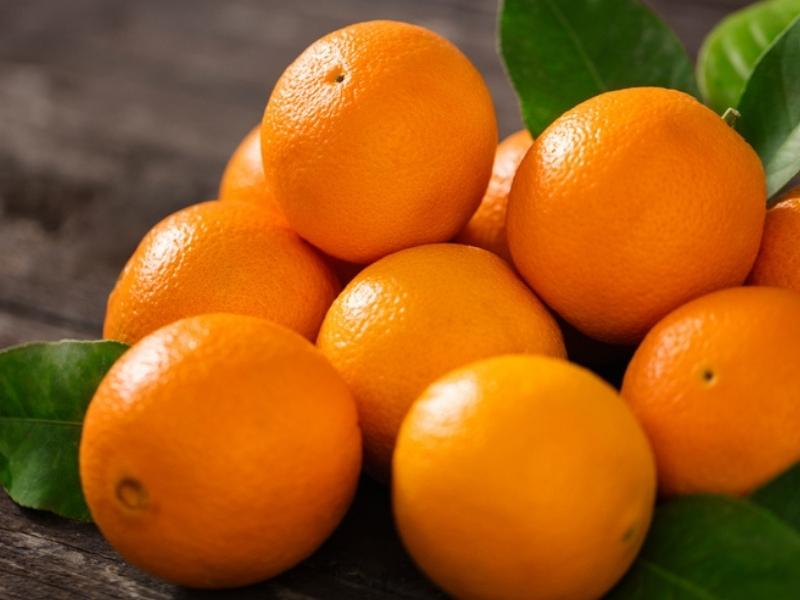
12. Hamlin Orange
Hamlin oranges are some of the most cold-hardy oranges you can buy.
They’re small to medium with thin, nearly smooth orange skins.
Their flavor ranges from mildly sweet to tangy, and they’re quite juicy.
For that reason, they’re a popular juicing orange, though you can also eat them fresh.
They’re low in acid and nearly seedless. However, the thin skin is difficult to peel by hand.
You’ll likely have to use a knife instead.
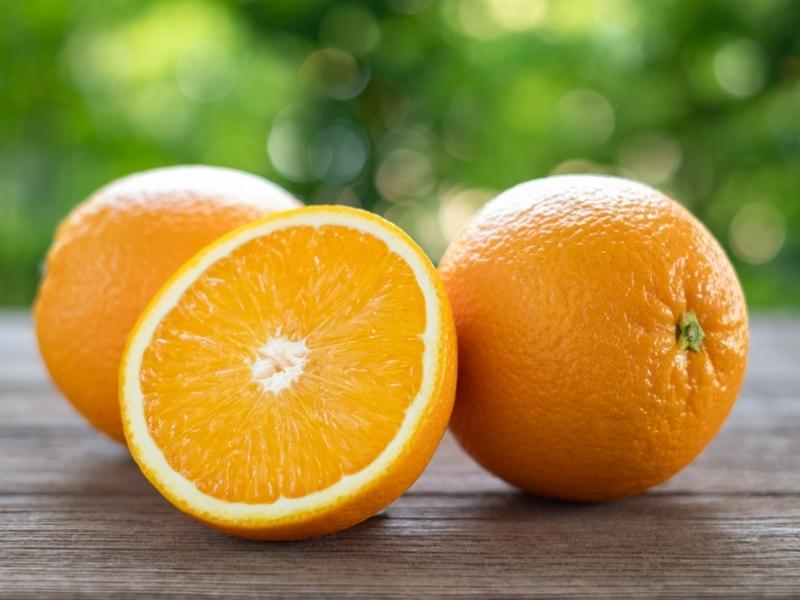
13. Lima Orange
Lima oranges are small, sweet oranges with a short shelf life. (Because they have minimal acid to preserve them.)
They have thick, bumpy skin that’s more yellow than orange.
They taste great and smell even better.
The juice is delicious, too, though there isn’t much of it because of the fruit’s small size.
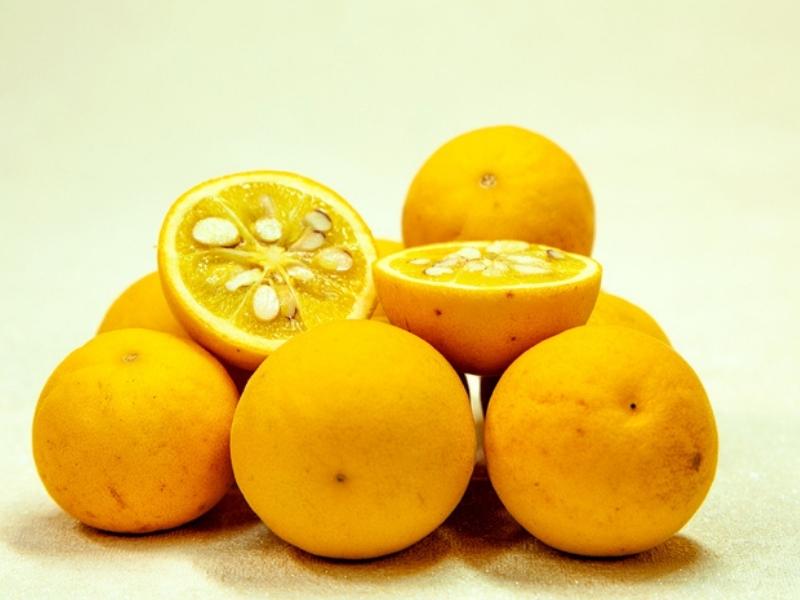
14. Trifoliate Orange (Citrus Trifoliata)
Trifoliate oranges are another yellow orange. They’re round with smooth skins of medium thickness.
Like Seville oranges, they’re very bitter, though their bitterness isn’t unpleasant.
They have lots of seeds and are primarily found in Asia.
There, people use them for medicinal purposes. However, you can also use them to make marmalades and baked goods.
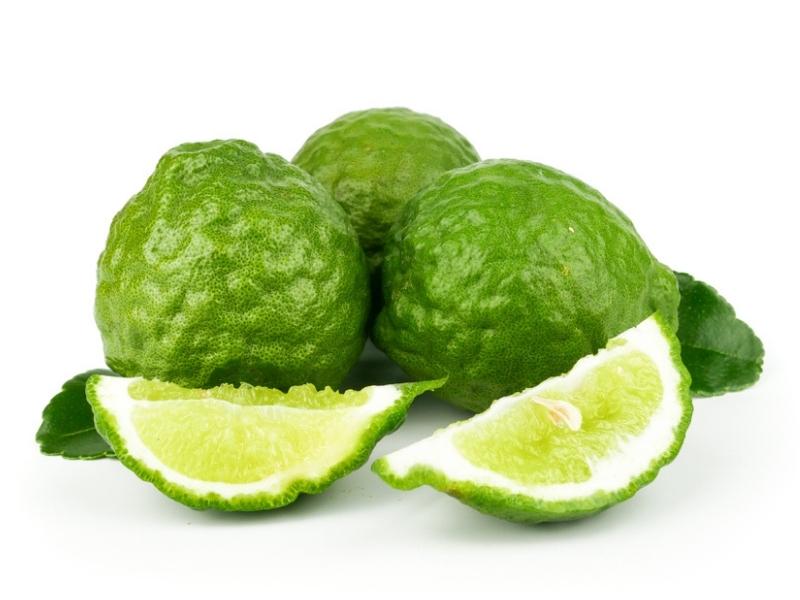
15. Bergamot Orange (Citrus Bergamia)
The bergamot orange is the hybrid offspring of Seville oranges and lemons.
They’re usually green inside and out but can have yellowish skins.
They’re delightfully fragrant medium-sized oranges with a bitter taste.
People don’t eat them raw but use them in food, drinks, and even perfumes and incense.
In the U.S., you’ll most often find bergamot in tea.
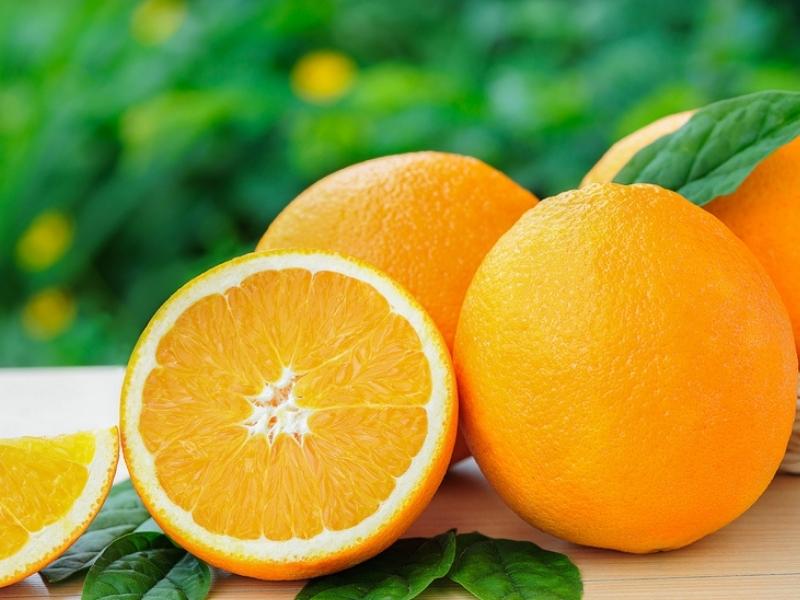
16. Jaffa Orange
Also called the Shamouti orange, the jaffa orange is native to Israel.
Thanks to their thick, tough skin, jaffa oranges can last for a long time before spoiling.
They’re not seedless but have few seeds and little juice.
They’re hard to find in the U.S., but some specialty produce stores sell them occasionally. They’re sweet and mild.
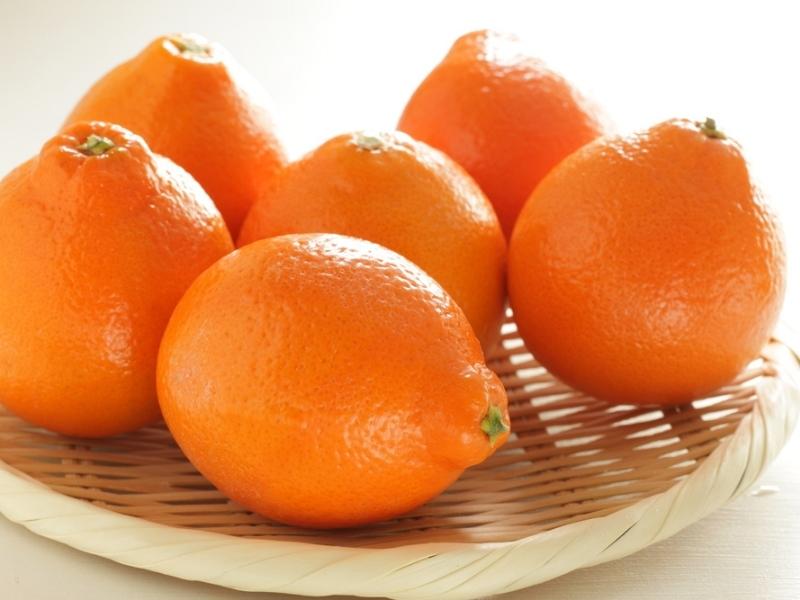
17. Tangelo
Created by Herbert Webber in California, tangelos are a hybrid species of orange.
They’re a combination of Mandarin oranges and pomelos or grapefruits.
They have a strange shape, as they’re round with a small, circular neck at the top. (Some of them are almost pear-shaped.)
They also have bright orange skin that’s loose and easy to peel.
They’re sweet and super juicy. You can eat them fresh, use them in tangelo recipes, or make candied fruit from them.
Their peels are also a favorite source of orange zest.
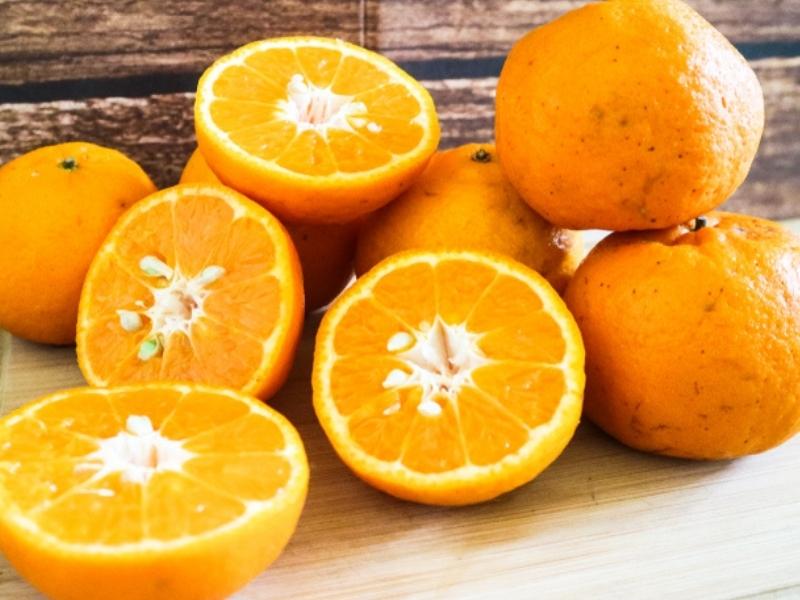
18. Parson Brown Orange
Parson Brown oranges are available commercially. Unfortunately, they’re hard to find outside of Florida.
They’re relatively small and quite firm. They’re a good option for juicing but are only mildly sweet.
Their skin is usually bumpy and pitted, and they have several seeds. Most people describe their flavor as “delicate.”

19. Pineapple Orange
Another Floridian orange, pineapple oranges are hard to find anywhere else.
They’re actually the oldest type of cultivated orange in Florida!
They range in size from medium to large and are great for juicing.
Despite their name, they don’t taste or look like pineapples. They’re slightly oval-shaped and have bumpy orange peels.
They do, however, smell a bit like pineapples.
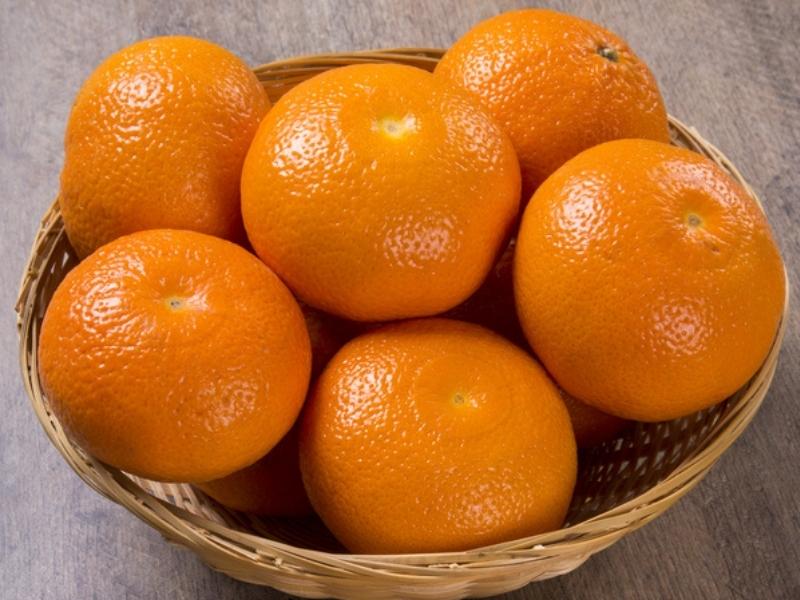
20. Salustiana
Though they’re orange, Salustianas aren’t as brightly colored as most oranges.
They’re medium-sized oranges with delicate skins and a slightly flattened shape.
They’re sweet and very juicy, making them excellent juicing oranges.
Native to Spain, they’re somewhat tricky to find outside of Europe.
